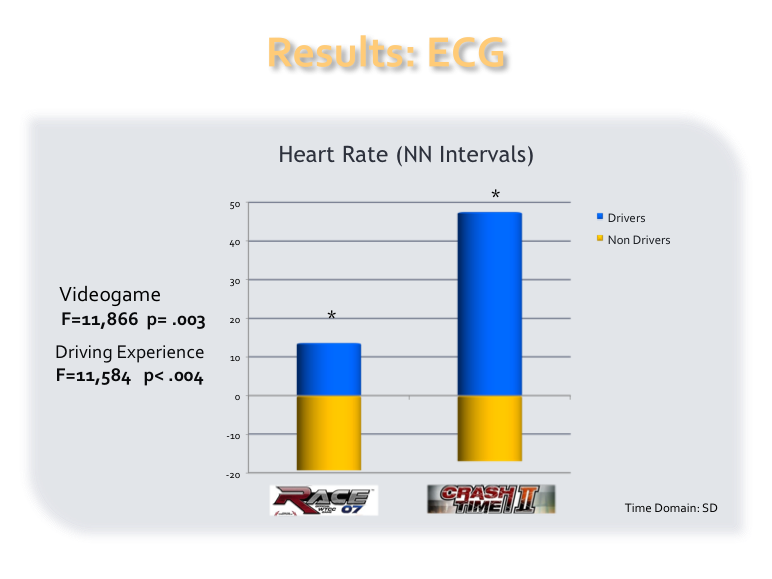- Milano
- Traffic Psychology Research Unity: mobility, safety and sustainability
- Research
- Themes
- Emotions and Behaviour
Emotions and Behaviour
Driving anger and emotion regulation while drivingExtensive research has examined the relationship between driving anger and risky behavior; however, little is known about how drivers express and regulate anger while driving. A study was designed to examine the verbal and acoustic correlates of driving anger, as well as whether emotion regulation strategies such as cognitive reappraisal are effective at reducing the outward expression of anger while driving. Forty-four participants were asked to drive in an emotionally neutral and an anger-provoking simulated driving scenarios, while their driving behavior as well as their speech was recorded. Participants were randomly assigned to two experimental conditions, with one group receiving instructions to reappraise the anger-provoking events and a control group receiving no instructions. Results show that in the anger-provoking scenario, participants exhibited more violations, horn-honking, and cursing. Few acoustic variations were detected and were compatible with the acoustic profile of cold anger rather than with the one of hot anger expression. Finally, reappraisal reduced the number of violations only. F. Biassoni, M. Giamporcaro, S. Balzarotti, R. Ciceri. (2016). Hot or Cold Anger? Verbal and Vocal Expression of Anger while Driving in a Simulated Anger-Provoking Scenario. Sage Open, 6(3), 1-10. |
 |
Learning racing emotions: Empowerment of risk perception while playing racing videogamesThe present study explores how drivers and non-drivers interact with racing videogames. Subjects were asked to play two types of racing videogames while their driving behavior, arousal activation and facial expressions were recorded. Representations about driving, risk perception, and user evaluation of videogames were also collected. Results showed significant differences between drivers and non-drivers in heart rate activation and negative emotions stimulated by two different types of racing video-games. In particular, the drivers seemed to be more aware of the risky driving situations they were virtually protagonist, while non-drivers did not seem to have the same emotional activation towards risk. In coll. with |
|

